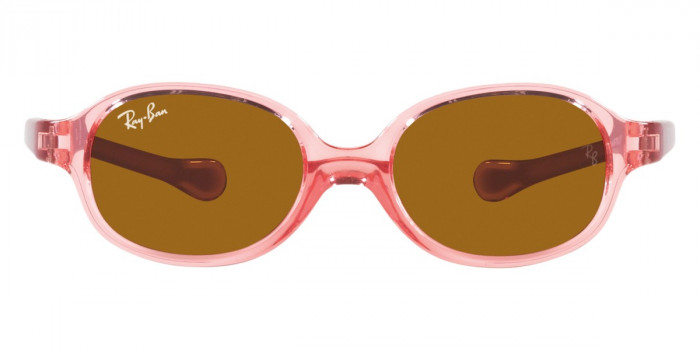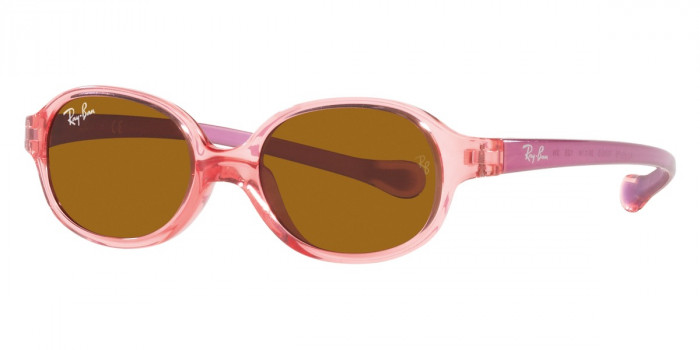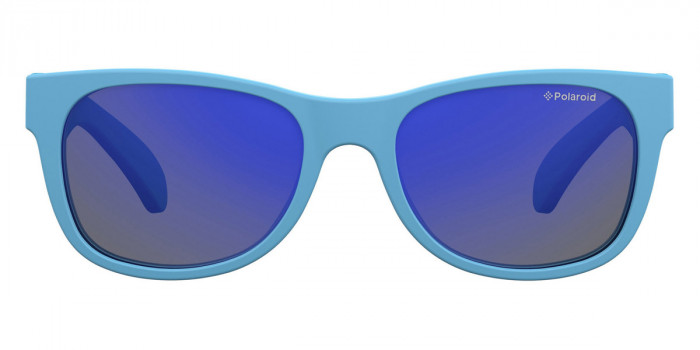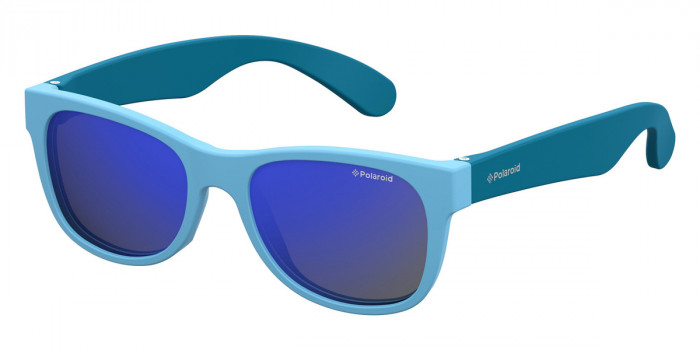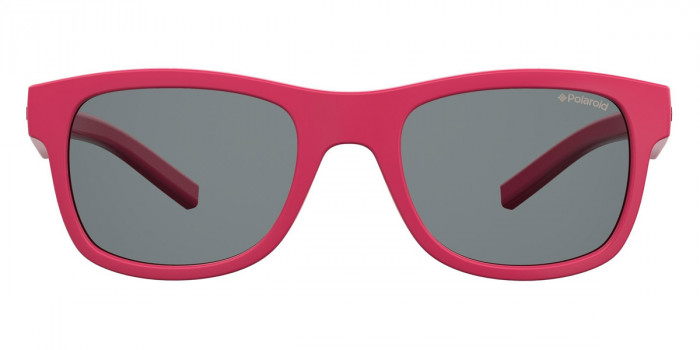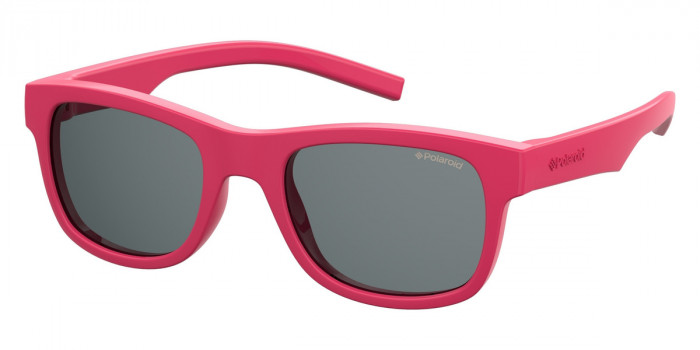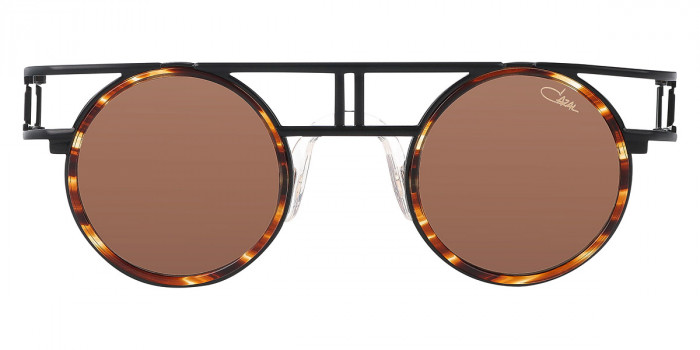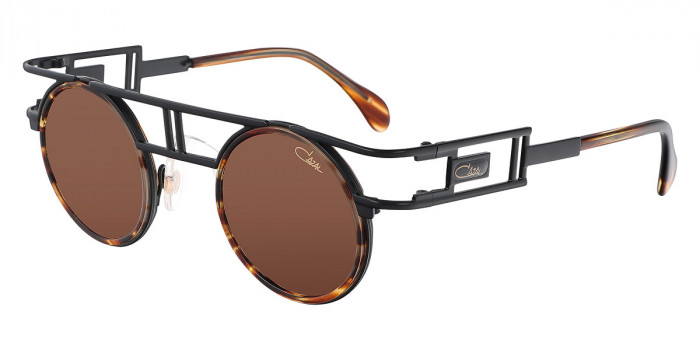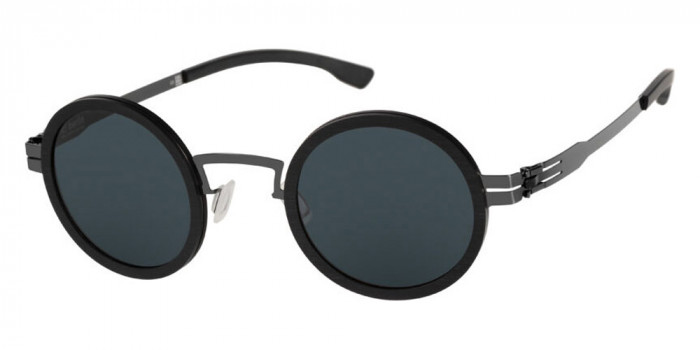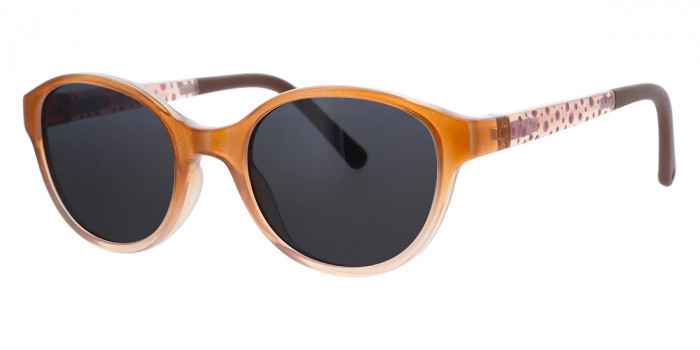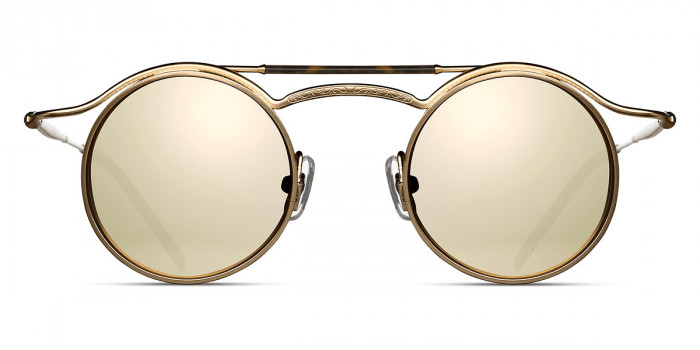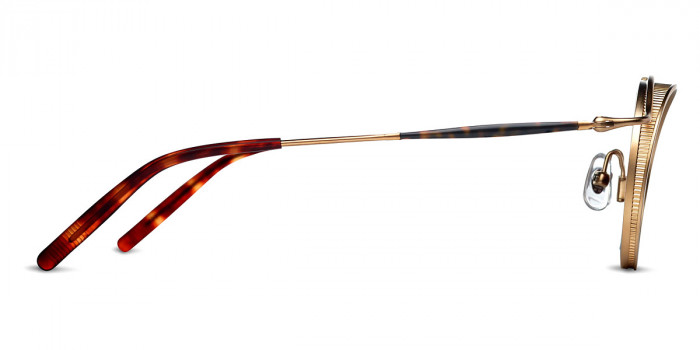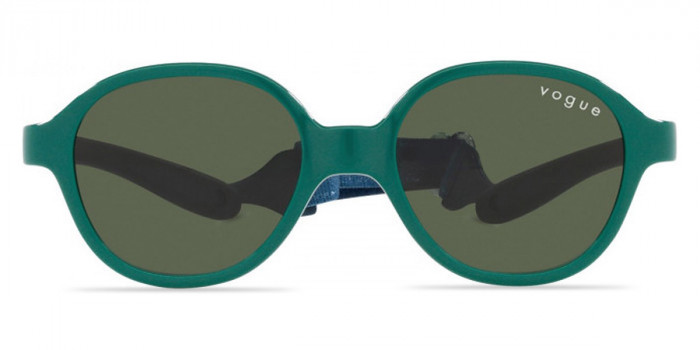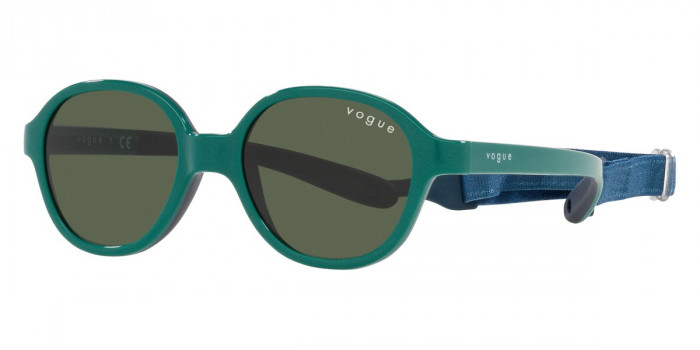Sunglasses 43mm Lens
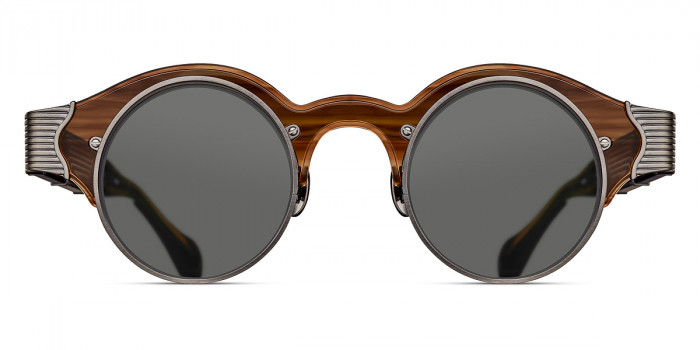
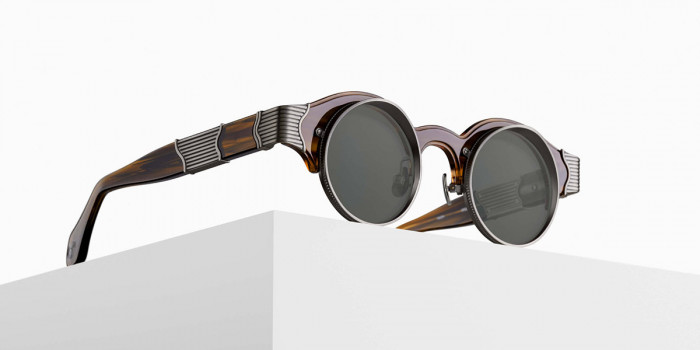


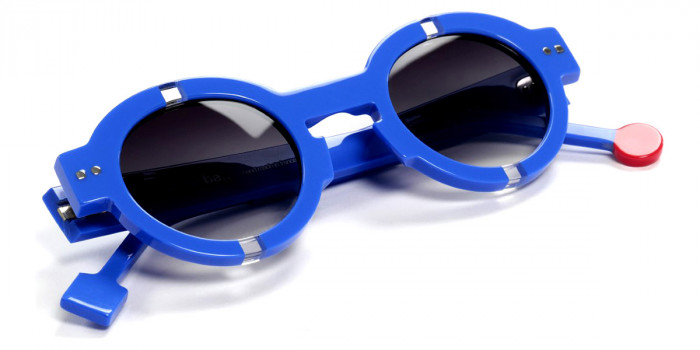
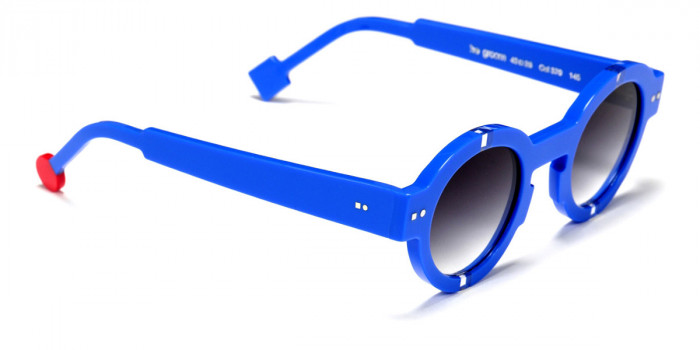
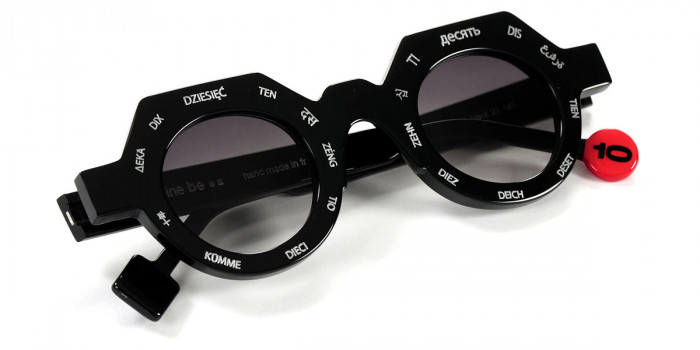
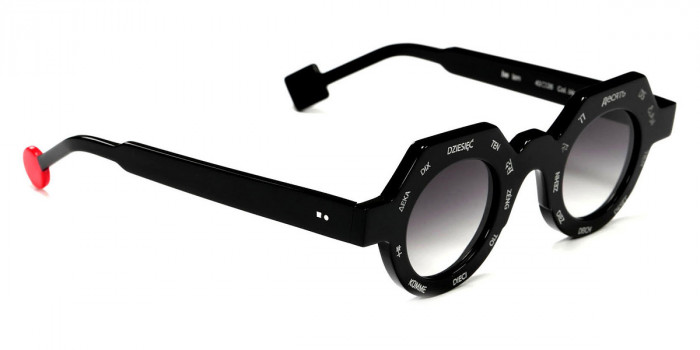
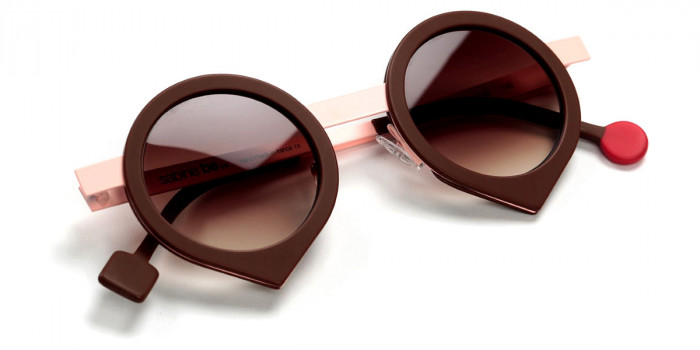
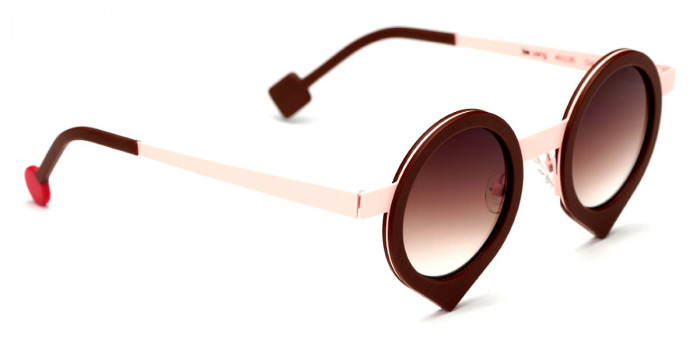


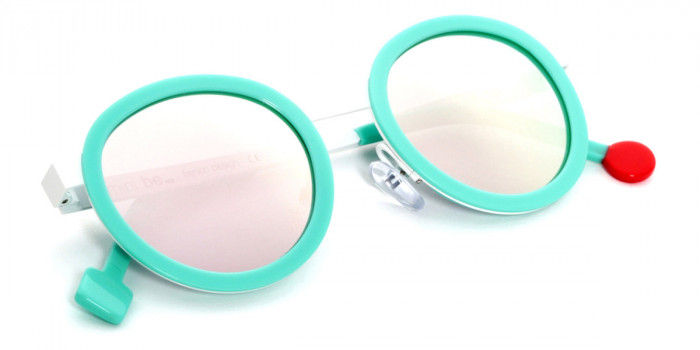
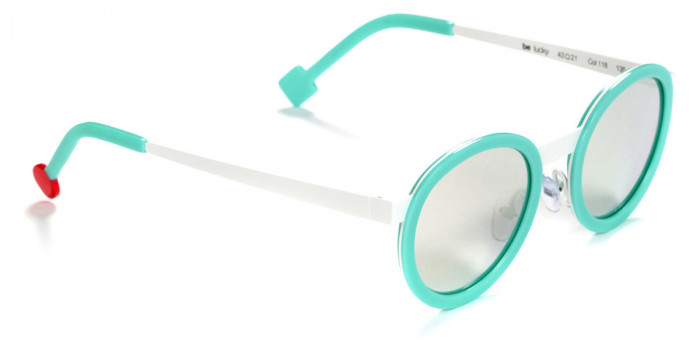
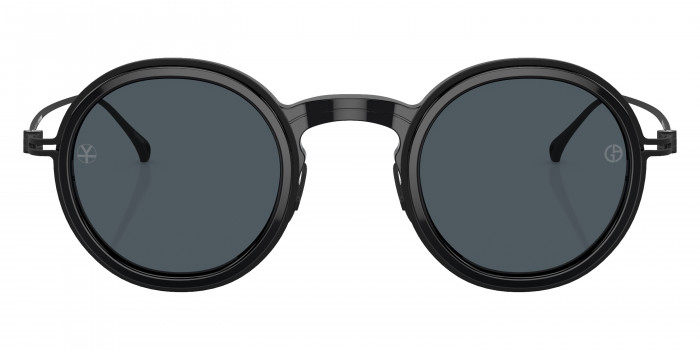
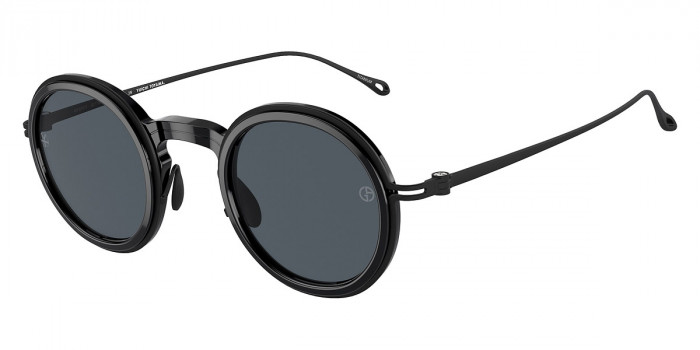


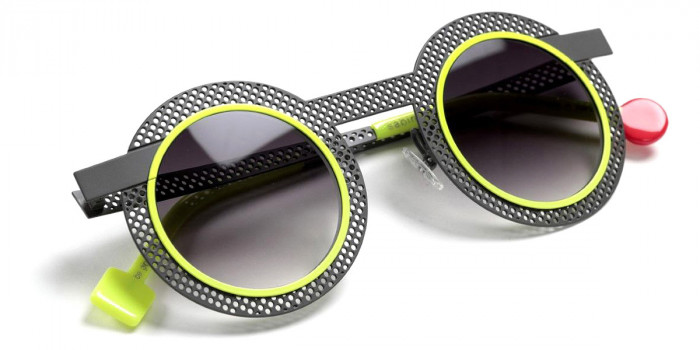
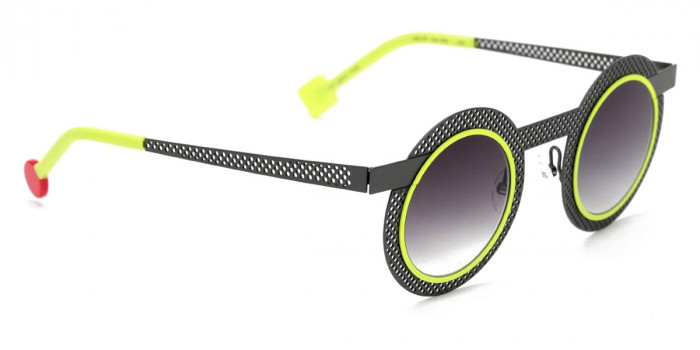


Who is recommended to wear sunglasses? Yes, absolutely everyone, without exception! After all, it is easier to prevent negative effects on the eyes than to cure them. The main function of sunglasses is to protect the eyes from ultraviolet radiation. On our planet, the main source of electromagnetic radiation is the sun, whose rays there are three types of ultraviolet: UVC, UVB, and UVA. The last two have the most significant impact on the eyes.
The most ideal option for sunglasses is 100% UV blocking. UV400 at the temple ensures that the glasses block all UV rays. Another important parameter for protection from ultraviolet rays is the glass light transmission filter. It is also indicated either on the temple of the sunglasses or their certificate and has shades of 0 to 4.
When choosing glasses, of course, you need to pay attention to the material from which the frame is made. Quality glasses are usually made from durable plastic or titanium. Lightweight and durable materials ensure long-term comfort. Another component of comfort is the correct size of sunglasses. To determine the size you want individually, you need to measure the width of the face at eye level from one temple to the other. Knowing the size of the face, you can choose the desired frame size. The manufacturer indicates three main parameters on the inside of the temple: lens width (43 mm for example), nose bridge distance, and temple length, which add up to the width of the frame. So you can easily decide on the size of sunglasses and choose the most comfortable and stylish model.

